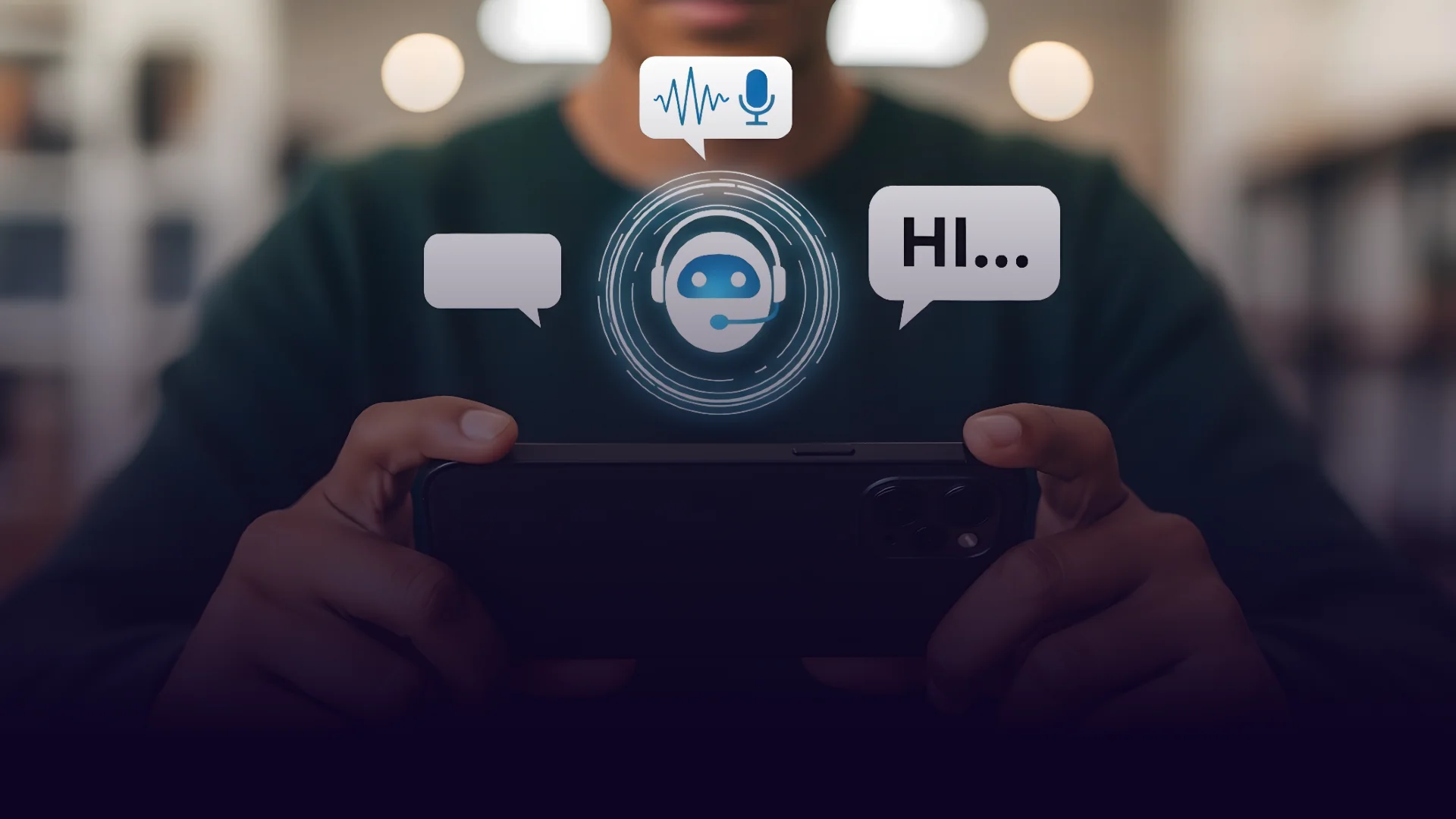TLD;DR
- Musk predicted mobile device UIs would dramatically change into AI edge nodes with virtual concierge-like UX
- Device experience is pivotal for mobile operators to have a competitive edge.
- AI is here and will be pivotal in helping redefine customers device experience with telcos
Elon Musk’s idea of phones as “AI edge nodes,” mentioned during his latest appearance on the Joe Rogan podcast, grabbed headlines. The headline is dramatic: devices that show pixels and talk like an agent, orchestrated by a centralized AI system off-device and no apps needed. That vision matters because it changes how people interact with services. If apps disappear, where do operators sit with the customer device experience and, by extension, their customer relationship?
Why operators should pay attention
The device experience is a crucial touchpoint for mobile operators to own the customer, especially as OEMs encroach on this turf. It is an always-on channel of potential engagement and, more importantly, an opportunity for operators to address smartphone (device) care, which 80 percent of customers turn to their operator for help with.
Beyond the device experience value, the real lesson for mobile operators is less about adhering to Musk’s bold new user interface vision (however likely or unlikely) and more about the lifeblood behind it: on-device data. Whether the interface is an app, a voice agent, or something new, AI systems will need signals from the device to act on the device experience opportunity — resolve issues quickly, upsell, retain. Operators that can capture device signals – health, performance, diagnostics – will be able to steer the customer experience no matter the UI and capitalize on the business opportunity with device experience management.
Why smartphone on-device data will still matter (and fast)
AI lives on data. A recent industry survey shows nearly all telcos plan to use AI in their operations — it’s becoming standard. What matters most is whose data feeds those models. If operators can capture robust on-device signals, they can:
- Detect issues early and act before customers notice.
- Offer timely repairs, trade-ins or insurance when they are most likely to convert.
- Orchestrate seamless journeys across channels (app → store → support).
An MNO leads the AI-driven device experience
TELUS’s mobile device repair and retail brand Mobile Klinik is a working example. By embedding Agentic AI/GenAI in the app and capturing the right on-device diagnostic information, Mobile Klinik could better personalize the customer’s service interaction and give more purpose to the journey in the app. Mobile Klinik’s Agentic AI drove 3× higher offer conversions and 1.5× more store-visit intent over self-discovery journeys without AI guidance.
How to prepare
The best way to manage changing customer expectations and landscape – regardless of UI – is to be on the mobile device so service in the app is always contextualized. This can be set up in three steps:
- Treat your app as the on-device data platform and capture device signals.
- Connect those signals to AI models so they can be proactive and recommend the next best action or react to a customer inquiry and resolve quickly.
- Make the data portable across channels so in the event the customer needs to switch between channels to complete a process, they don’t have to restart.
Operators who focus on on-device data and deploy the right kind of AI solution won’t be at the mercy of any single UI trend. They’ll keep the customer close, no matter what the future of the smartphone looks like.
Learn more about MCE’s AI solutions.





